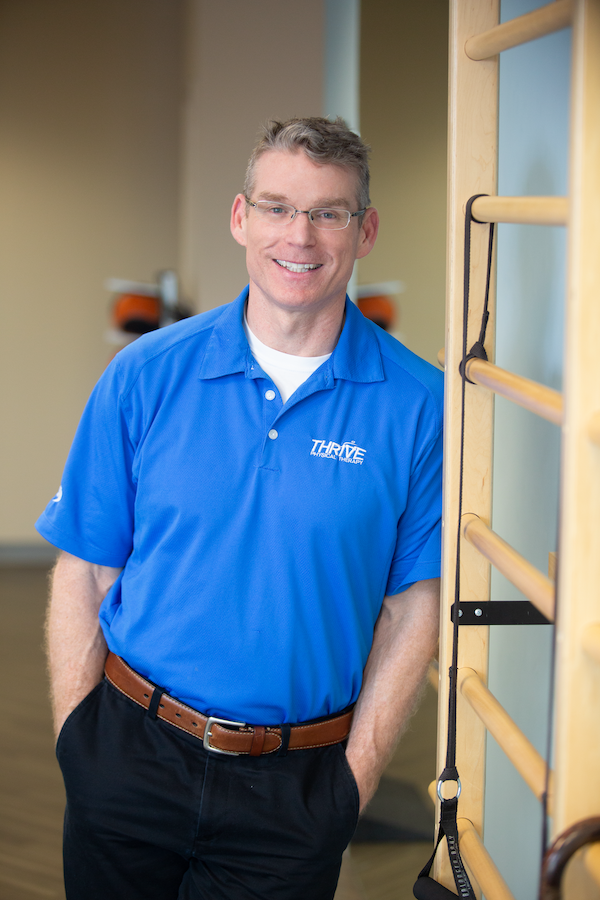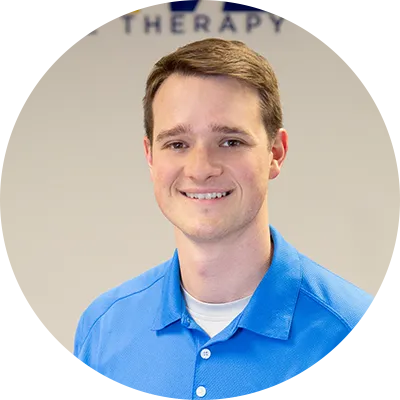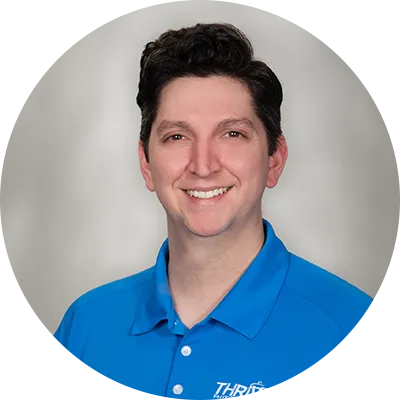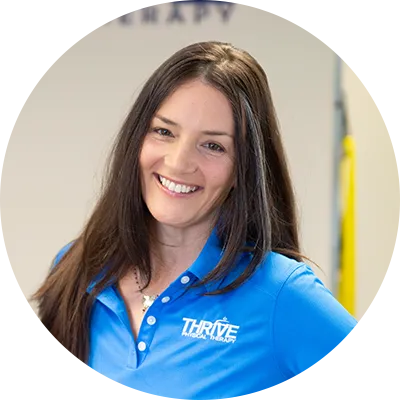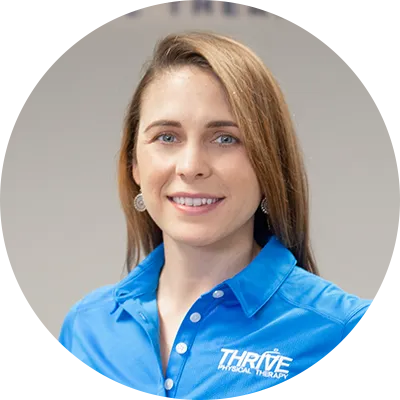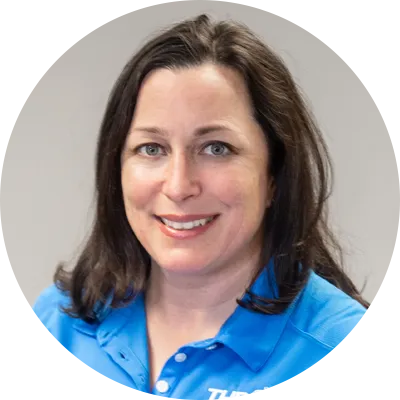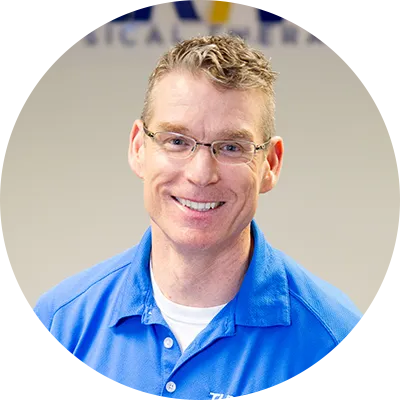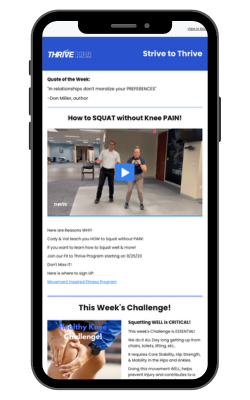Movement is the driver of all physiological properties in our bodies. Movement helps our blood flow, lungs expand, and even regulates our brain chemistry through oscillatory movement in our nervous system.
Movement has a direct effect on our mood, our motivation, our energy levels, and our ability to socialize and participate in the things we love.
So, why do so many of us struggle with sticking to an exercise program?
Why is the general population plagued with movement disorders associated with stiffness, lack of motor control, or prolonged bad posturing (we all know I’m referring to sitting in a chair for hours on end).
In 2018, the CDC found that only 53.3% of adults over the age of 18 achieved the recommended daily aerobic exercise goal. That number decreases to only 23.2% when taking strength training into account as well. I don’t think many people could argue that based on these statistics the current status quo of “exercise” is not working.
With so many other priorities in life vying for our attention, the exercise industry has chosen to compete by becoming more niche and selective in its delivery methods. Unfortunately, that leads to a general disconnect from our own autonomy over our health and well-being. We need a new direction.
I have used MovNat Medical training in my personal and clinical practice and have seen my patients respond in ways that I could not achieve using conventional exercise.

I could see the moment in their eyes when connections began to fire off and the relationship between fitness and function became clear. The discussion that follows is usually constructive regarding how to practically integrate exercise into their lives as opposed to only spending one arduous hour exercising trying to reverse hours of poor posture and bad habits.
After all, exercise is a human invention.
Our ancestors spent their days tracking animals, cultivating gardens, dancing, and traversing through harsh environments which provided the stimulus their bodies needed to stay healthy. Wearing overly supportive footwear, sitting for 6-8 hours at work, and being generally disconnected from our body’s needs has led to the requirement of supplementing scheduled exercise into our packed routines.
The more we can address these matters at their source with good movement habits and appropriate lifestyle changes the more we can decrease our need to perform exercise at a high volume to solve them.
MovNat lays out a framework and skillset that can be expanded on, grown with, and adapted to fit anyone’s fitness level.
It covers some of the more important fundamental aspects of health such as breathing, tension and relaxation, and fluid movement. It also possesses a framework for teaching higher level mobility, complex locomotion, and climbing/hanging drills to make us safer and more physically adept.
Natural Movement training has been around for a while now, but MovNat Medical is building a foundation on how to incorporate it into a clinical setting. More importantly to me is that it blends two worlds of Physical Therapy that I feel must come together to make the greatest impacts on the lives of the people we help.
Neuro PT and Ortho PT are two different realms of the practice that share a common goal.
We want to see our patients achieve their personal ambitions. We want to set a higher standard of care. And we want to progress our practice to new heights. Though our worlds blend, there are principles and rules that tend to be more highly regarded in each practice. Neuro PTs tend to focus on function, outcomes, and independence. Ortho PTs more highly regard strength, mobility, and histology.
Natural Movement training bridges these two practices to create clear relationships between function and strength, mobility and ease of movement, and how to live a more fulfilling life with less pain.
As Physical Therapy progresses, Neuro and Ortho principles will continue to merge and combine to create a more holistic approach to treating our patients at a higher level. By using both, we can form connections with how our actions affect the way we feel, how our mobility affects ease of movement, and how sustained practices affect longevity; and thus, develop a higher level of understanding of what it means to be a capable human being.
I can’t wait to see what MovNat Medical can do to help bring us all together and to progress our profession to the forefront of rehabilitation.
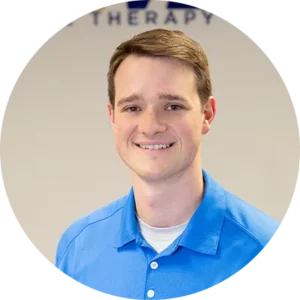
About the Author
Dr. Cody Schellhaas is a physical therapist at Richmond, VA based Thrive Physical Therapy and Wellness.
He is also a certified MovNat Level 2 Trainer. He has an enthusiasm for getting outdoors and a love for studying movement and biomechanics that has inspired him to perceive exercise and rehabilitation under a different lens.
He has been utilizing Natural Movement principles in his treatments to achieve amazing results with his clients while opening windows of conversation to discuss the importance of proper nutrition, sleep, and reconnecting with our desire to move.
He has helped develop and run his own movement inspired fitness course using Natural Movement principles and is excited to continue to grow his practice sharing what he learns with the world.
